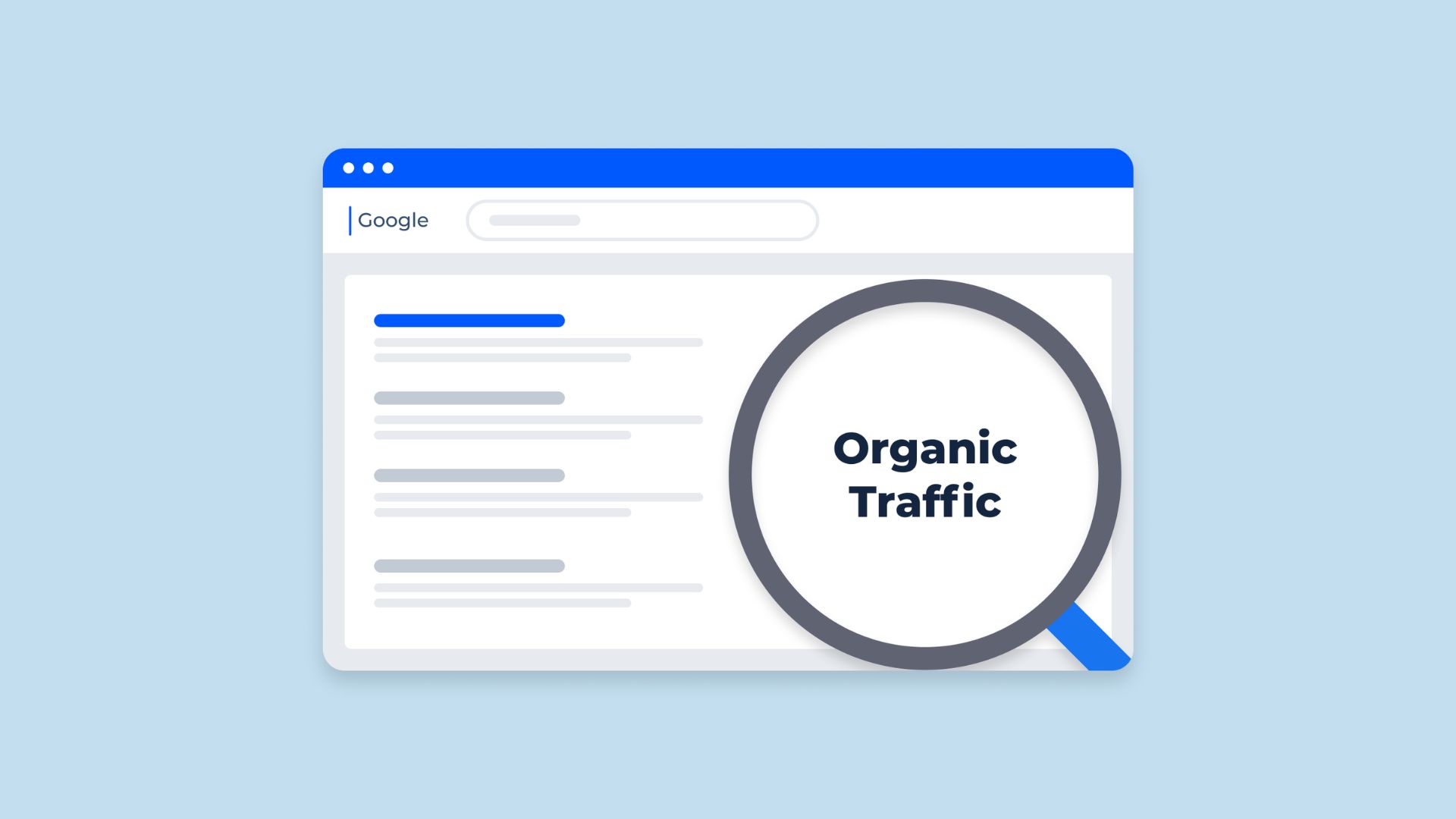Google Ads is a powerful tool for driving traffic and generating leads, but at times, campaigns may not perform as expected. If your ads aren’t running or you’re seeing low traffic, there could be a number of underlying issues. Here’s a step-by-step guide to troubleshoot and fix your Google Ads campaigns to get them back on track.
- Check Campaign Status
The first step is to verify if your campaign is active. Log into your Google Ads account and ensure that your campaign isn’t paused, removed, or has reached its end date. A common mistake is unknowingly pausing campaigns or ad groups, which can halt traffic altogether.
Fix: If your campaign is paused, simply toggle the status to “enabled” to start running it again.
- Budget and Bidding Issues
Insufficient budget or improper bidding strategies can lead to low traffic or your ads not running. If your daily budget is too low, your ads might not show as frequently, or at all. Similarly, low bids can prevent your ads from winning in the auction process.
Fix: Review your budget and bidding strategies. Increase your daily budget or set higher bids to ensure your ads are competitive in the auction.
- Ad Scheduling
Check if your ads are scheduled to run during certain times or days. If your ads are set to show only during specific hours, that might be limiting your traffic, especially if those hours don’t align with peak search times for your audience.
Fix: Adjust your ad schedule to run during hours when your target audience is most active.
- Targeting and Keywords
One of the most common reasons for low traffic is overly narrow targeting or ineffective keyword selection. If your audience targeting is too specific, you may be missing out on a broader potential customer base. Similarly, if your keywords are too niche or irrelevant, your ads won’t appear in searches that matter.
Fix: Reevaluate your audience targeting settings and broaden your reach if necessary. Conduct fresh keyword research and ensure that you’re targeting relevant, high-traffic keywords.
- Low Ad Quality Score
Google uses a Quality Score system to rank ads, which is based on the relevance and quality of your ad content, keywords, and landing page experience. A low Quality Score can lead to higher costs and fewer impressions.
Fix: Improve the relevance of your ads by aligning your keywords with ad copy and ensuring your landing pages provide a good user experience. Creating high-quality, engaging content that meets user intent will help boost your Quality Score.
- Ad Disapproval
Google may disapprove ads if they don’t comply with their policies, leading to your ads not running. This could be due to inappropriate content, trademark issues, or misleading information in your ads.
Fix: Review your ads to ensure they comply with Google’s advertising policies. If your ad was disapproved, Google typically provides a reason. Make the necessary adjustments and resubmit for approval.
- Auction Dynamics
Google Ads uses an auction system to determine which ads appear for user searches. If your bids are too low or your competitors are more aggressive with their bids, your ads might not win in the auction, leading to lower visibility and traffic.
Fix: Optimize your bid strategy to be more competitive in the auction. Automated bidding strategies like “Target CPA” or “Maximize Conversions” can help improve your position in the auction without drastically increasing costs.
- Geographic Targeting
If you’ve set a very specific geographic area for your ads, you may be missing out on potential traffic from other regions. Similarly, if you’re targeting a broad area but have low bids, your ads might not show in competitive regions.
Fix: Reassess your geographic targeting settings. You may want to broaden your reach or focus on regions where your audience is more likely to convert. Additionally, ensure that your bids are competitive for high-demand areas.
- Landing Page Issues
Even if your ads are running, a poorly optimized landing page can lead to low conversions, driving up costs without delivering results. If users click your ad but bounce off the landing page, it can also hurt your Quality Score and lead to fewer impressions over time.
Fix: Ensure your landing page is fast, mobile-friendly, and relevant to the ad. Improve the user experience and make it easy for visitors to take the next step, whether it’s making a purchase, filling out a form, or learning more about your services.
- Use Diagnostic Tools
Google Ads provides a range of diagnostic tools to help you identify why your campaigns might not be performing well. The “Ad Preview and Diagnosis” tool allows you to see whether your ad is showing up for specific keywords in real-time, while the “Recommendations” tab suggests ways to improve your campaign performance.
Fix: Use these tools to uncover hidden issues in your campaigns. Act on Google’s recommendations to improve visibility, increase traffic, and optimize your campaign settings.
Conclusion
If your Google Ads campaigns are not running or are experiencing low traffic, the issue could stem from multiple factors. By systematically addressing campaign settings, budget, bidding, ad quality, and targeting, you can resolve these issues and ensure your ads are driving the desired results. At Digital Pluto, we specialize in optimizing Google Ads campaigns for maximum performance. Contact us to get your ads back on track and growing your business!





Leave a Reply